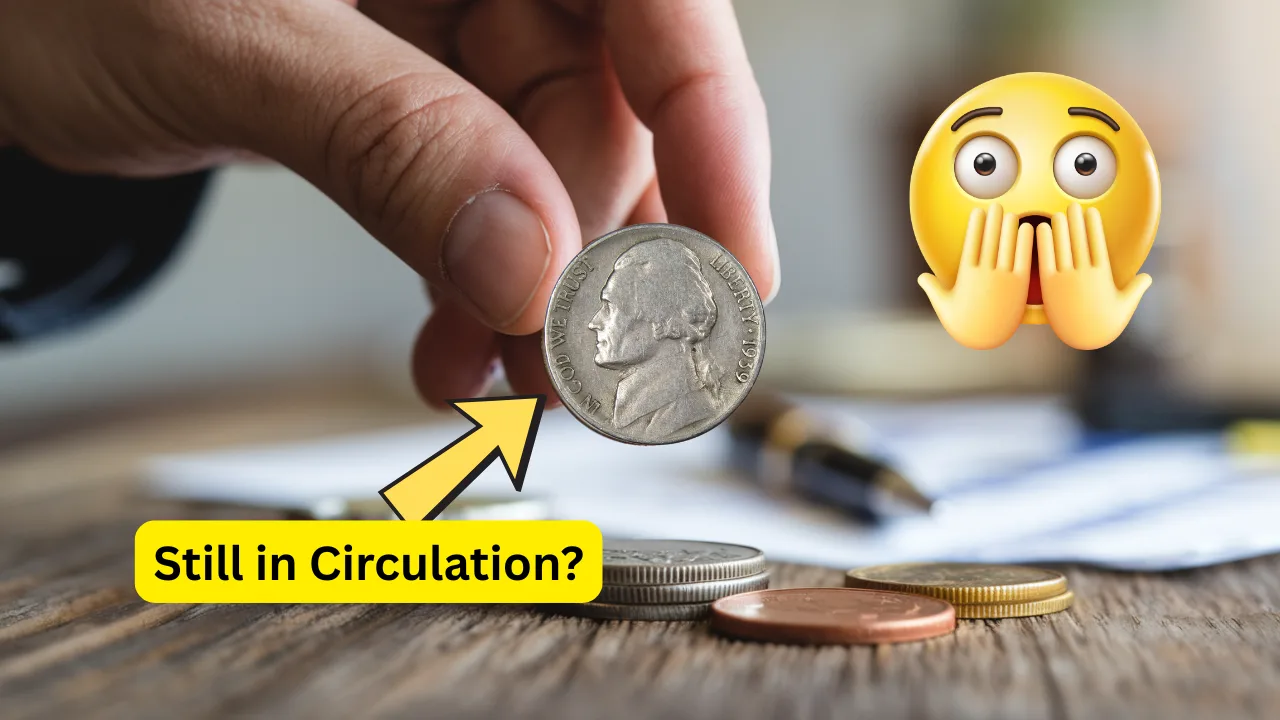In an astonishing twist that has gripped both casual change-checkers and serious collectors, a rare 1939 Jefferson Nickel has reportedly been valued at an eye-popping $5.7 million — and what’s more, it’s still believed to be in circulation somewhere in the United States.
This revelation has ignited a frenzy among coin enthusiasts and everyday Americans alike, as the possibility that such a high-value coin might be hiding in plain sight — in a pocket, a cash register, or a forgotten coin jar — becomes increasingly real.
Why the 1939 Jefferson Nickel Is So Special
The Jefferson Nickel, first introduced in 1938, replaced the Buffalo Nickel and featured a portrait of President Thomas Jefferson on the obverse and his Monticello estate on the reverse. While millions of Jefferson Nickels were minted in 1939, only a small number have the unique characteristics that could make them worth a fortune.
One key factor that adds to the value of this particular 1939 nickel is its “proof strike” quality and doubling of the Monticello steps on the reverse — a minting anomaly known as a “full steps” designation. Additionally, some coins from the Philadelphia mint carry a rare reverse of 1940 design, making them extremely valuable to collectors.
Only a handful of these mint-condition nickels with such unique features are believed to exist today. Most are locked away in private collections or museums. But experts believe that one or two may still be circulating, either unnoticed or mistaken as common change.
A $5.7 Million Price Tag: How Is That Even Possible?
While it may sound unbelievable, coins with historical significance and extreme rarity can fetch extraordinary sums at auction. In 2023, a similar Jefferson Nickel from 1939 was appraised and insured for $5.7 million due to its pristine condition, unique mint characteristics, and the fact that it had never been officially documented in numismatic registries before.
According to numismatist Jeremy Phillips of the American Rare Coin Institute, “This isn’t just any nickel — this is a piece of American minting history. Finding one in circulation would be like winning the lottery, only the odds might be better if you’re someone who pays attention to their pocket change.”
What to Look for in Your Change
Coin experts recommend checking for the following features if you’re hoping to stumble upon a valuable 1939 Jefferson Nickel:
- Date: 1939 on the obverse.
- Mint Mark: No mint mark (Philadelphia), or a “D” or “S” mark below Monticello for Denver or San Francisco.
- Reverse Design: Look for full, sharp steps on the Monticello building.
- Proof-like appearance: A mirror-like surface can signal a special strike.
- Reverse of 1940: A subtle but crucial design difference on some 1939 nickels minted in error.
Using a magnifying glass and cross-referencing with trusted coin-collecting guides can help confirm the rarity of your nickel.
A Growing Trend: Valuable Coins Still in Circulation
The story of the 1939 Jefferson Nickel adds to the growing list of rare and valuable coins reportedly still in everyday circulation. From wheat pennies to bicentennial quarters, more and more Americans are taking a closer look at their loose change.
In recent years, multiple high-profile discoveries — such as a Lincoln penny sold for over $1 million and a Roosevelt dime worth tens of thousands — have inspired people across the country to become amateur numismatists.
Also Read:- The 1807 Draped Bust Half Dollar Valued at $6.9 Million, Still in Circulation
Final Thoughts
The idea that a $5.7 million coin could be hiding in someone’s couch cushions or car cup holder might sound like folklore, but history has shown that such discoveries are not only possible — they’re happening. With the 1939 Jefferson Nickel back in the spotlight, now may be the perfect time to revisit that old coin jar or double-check your next coffee shop change.

